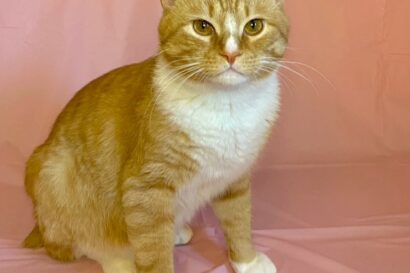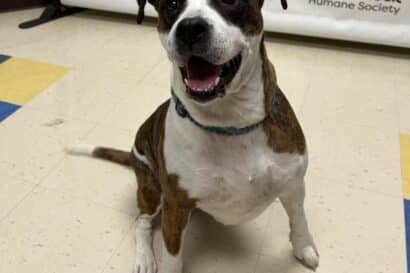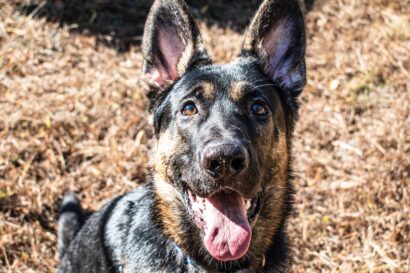
Uncategorized
Inside Animal Welfare: NE Federation of Humane Societies’ 2017 Conference
By Kimberly McNally

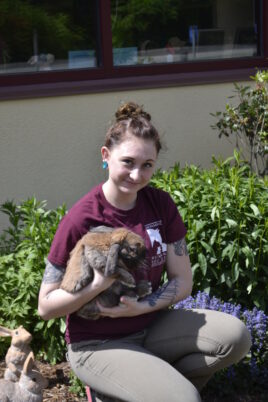
Working at an animal shelter isn’t just about playing with puppies, kittens and bunnies. In fact, the profession asks its workforce to stand at the crossroads between human services and animal care. Each spring, the New England Federation of Humane Societies (NEFHS) offers a three-day conference that provides top-notch learning and networking opportunities for animal welfare workers. Speakers from all over the country share their expertise and adventures regarding all aspects of animal welfare work—veterinary, animal control, program development, adoption and surrender rates, human psychology, and animal care are just a smattering of the topics covered during this intensive three days.
Monadnock Humane Society sends as many of its people to the conference as possible. The event provides an unparalleled opportunity for staff to learn, and to network with other animal welfare professionals. The personal connections this conference builds can, for instance, make it easier to shift an animal or animals to a location that might be a better fit which in turn can increase the number of animal adoptions throughout New England.
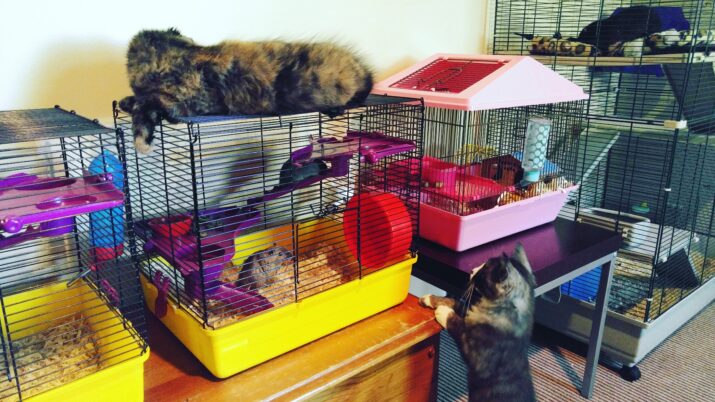
This year, the NEFHS Conference took place April 8-10, 2017 at the Sheraton Springfield Monarch Place Hotel in Springfield, Massachusetts. One of the MHS staff members who attended the 2017 conference was Kandia Kovacs, MHS’ Small Animal coordinator. It was Kovacs first time attending the conference. Kovacs is a lifelong animal lover whose home includes a diverse assortment of small animal pets. Her eighteen pets include cats, rats, guinea pigs, gerbils, mice and a leopard gecko. Kovacs is completing her 2nd year of Vet Tech training at Penn Foster Online University, and has been working at MHS for about a year. She sent the following report from the conference
At the NEFHS 2017 Conference
I recently had the pleasure of attending this year’s NEFHS Conference. This was my first experience at an animal welfare conference, since I am new to the animal welfare profession. Arriving at the conference, I felt a sense of pride in the work I do. There was a great feeling of community in the atmosphere as people from all over New England came together to meet and make themselves better at the work they do. Professionals from all over the country bringing knowledge from all aspects of Animal Welfare work were there. Sessions covered topics as diverse as planning your career to best practices in shelter medicine.
The Animal’s Point of View Matters
I was excited for the sessions to begin! One of the powerful messages I took away from the conference was put forward by Miranda Workman, an anthrozoologist at Canisius College, in her session on Training and Enrichment for Shelter Cats: that we need to imagine the “shelter experience” from the animal’s own perspective. She suggested that we all take the time to slow down and try to imagine: what do they see? What do they hear? Are they being pulled off the streets and brought into the comfort of our facilities? Or are they coming in grieving the loss of their families? What is this animal going through, and what can we do to help? Her point, that when we consider what is the animal goes through from the time it enters our building until adoption day, we can better understand the behavior changes we see.
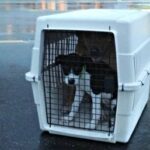
The purpose of seeing ourselves through their eyes is to get a deeper understanding of what these animals are experiencing and to better understand where their behaviors are coming from. As Shelter Workers, faced with a typical day of caring for say, thirty dogs, forty cats, and twenty small animals, we have a lot of tasks we need to get to throughout the day. The result is we are often rushed in our actions trying to get things done. This was a wonderful reminder to me (as well as to everyone else in attendance) that we need to take the time to slow down and really see these animals as individuals. By doing that, we can make their shelter stay much more rewarding.
Animal Welfare is About People, Too
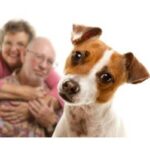
If understanding the animals is important, understanding potential adopters is equally, if not more important. Working in the animal world, a lot of us like to think that we are more of an “animal person” than a “people person”. However, Amy Mills, the CEO of Emancipet, a non-profit that aims to make veterinary care affordable for all pet owners, made me sit back for a minute and really think. For our animals to get the perfect home, we need to understand the role a pet may play in the life of the family in front of us. Through authentic engagement with the people who come to us, we can understand more about an animal that is being surrendered, or we can ensure we are setting the adopters up for success with their new pet. It’s a tall order, but one that I learned we need to always strive to achieve.
Not All Work…
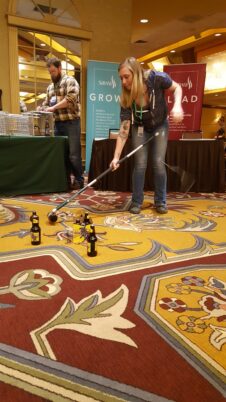
These were just a few key points I learned at the NEFHS conference. The conference wasn’t just about the sessions. After hours networking included contests that pitted staffs against each other for silly competitions such as how many bottles could you “catch” with a rabies pole (A rabies pole is a shaft with a slip loop on it. It’s used to catch and control an animal when you need to be sure that it can’t bite or scratch you, such as catching a potentially rabid animal.) The games were a great way relax and to meet other people at the conference.
I am very much looking forward to applying the concepts I learned at the conference in my daily work at our facility. MHS was fortunate enough to have many of our employees attend the conference. We came back inspired to take our work to the next level, and to create stronger relationships with the animals and our community.
This article originally appeared in ELF Magazine, the weekly entertainment and lifestyles publication from the Keene Sentinel, on May 25, 2017.
